Obituaries
Albert Hofmann
The Swiss chemist who was the father of LSD
Albert Hofmann
1906–2008
The Week
Escape your echo chamber. Get the facts behind the news, plus analysis from multiple perspectives.

Sign up for The Week's Free Newsletters
From our morning news briefing to a weekly Good News Newsletter, get the best of The Week delivered directly to your inbox.
From our morning news briefing to a weekly Good News Newsletter, get the best of The Week delivered directly to your inbox.
On April 16, 1943, Albert Hofmann was studying an alkaloid he had derived from ergot, a fungus that grows on rye, at Sandoz Pharmaceuticals in Basel, Switzerland. At some point he got a trace of the chemical—lysergic acid diethylamide-25—on his fingertips. He soon found himself dizzyingly lightheaded. “In a dream-like state, with eyes closed,” he recalled, “I perceived an uninterrupted stream of fantastic pictures, extraordinary shapes with intense, kaleidoscopic play of colors.” Hofmann had become the first person to take LSD, which would unleash a psychedelic revolution.
Hofmann had originally synthesized LSD in the hope that “it would be a stimulant for the respiratory and circulatory systems,” said the Los Angeles Times. After discovering its hallucinogenic properties, he took it again. This time, paranoia took hold: “A demon had invaded me, had taken possession of my body, mind, and soul. I jumped up and screamed,” he related. A neighbor was transmogrified into “a malevolent, insidious witch with a colored mask.”
Nonetheless, Hofmann would soon be touting LSD’s “ability to advance the human spiritual condition,” said the London Guardian. He was an unlikely proselytizer; he had written his doctoral dissertation at the University of Zurich on the gastrointestinal juice of the vineyard snail. But as a child, Hofmann said, “I had this very deep connection with nature.” LSD, he felt, could lay bare the foundations of the human psyche. “We need a new concept of reality,” he said. “LSD could help to generate such a new concept.”
At first, LSD held great promise, said The Washington Post. “Sandoz manufactured LSD under the trade name Delysid by the late 1940s. During the next two decades it was intensely researched as a drug to treat all manner of emotional and addictive disorders.” But the drug was so potent and unpredictable that various governments began outlawing it; the U.S. ban came in 1966. Hofmann remained an LSD enthusiast, though, taking it hundreds of times and receiving supportive letters from fellow trippers. But he was dismayed when characters such as Timothy Leary helped turn it into a recreational drug. Hofmann titled his 1979 autobiography LSD: My Problem Child.
A free daily email with the biggest news stories of the day – and the best features from TheWeek.com
Hofmann did extensive research into other psychedelics and retired from Sandoz in 1971. When he turned 100 on Jan. 11, 2006, he was celebrated with an international symposium. “This is really a high point in my advanced age,” he said. “You could say it is a consciousness-raising experience without LSD.”
-
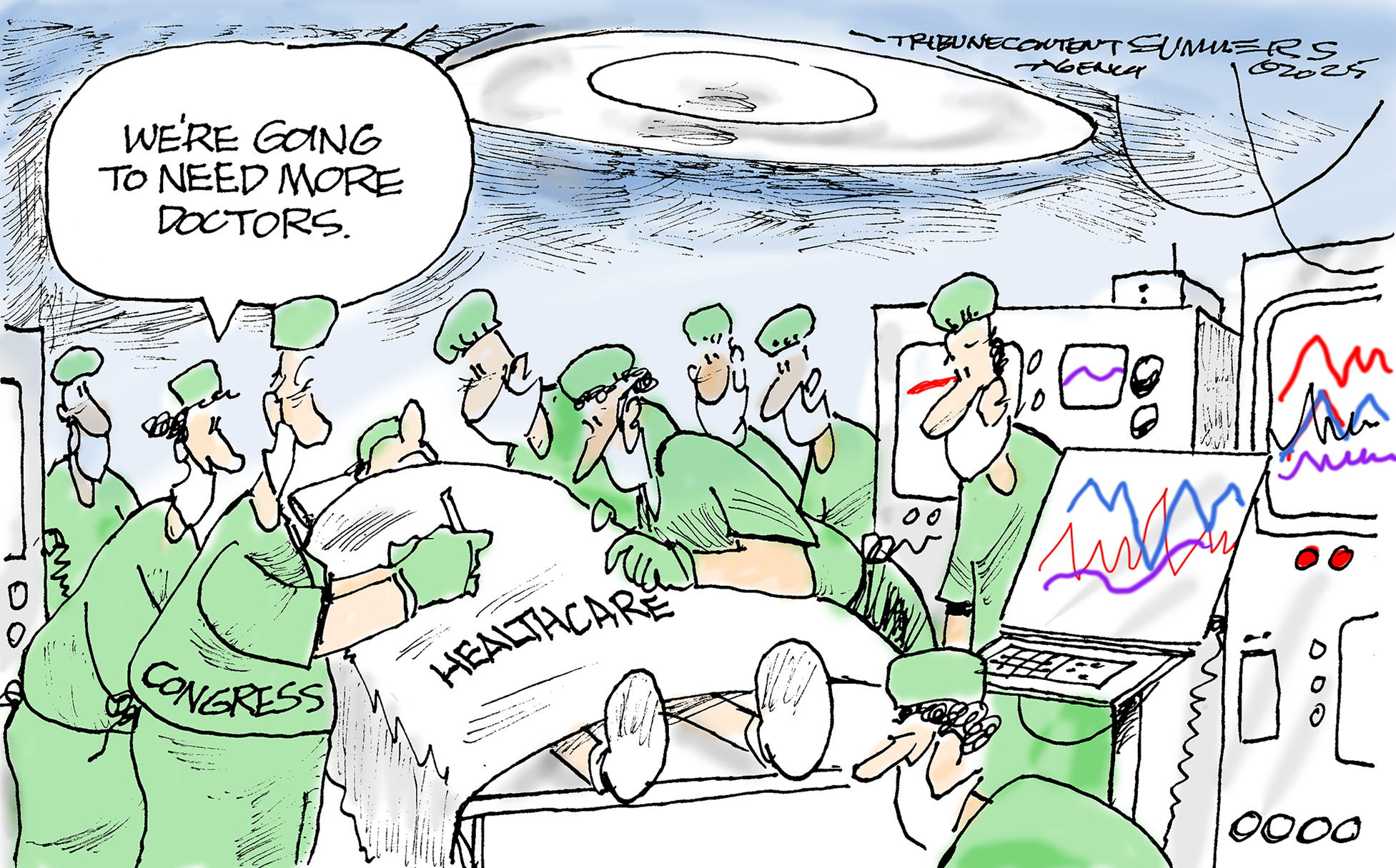 Political cartoons for December 13
Political cartoons for December 13Cartoons Saturday's political cartoons include saving healthcare, the affordability crisis, and more
-
 Farage’s £9m windfall: will it smooth his path to power?
Farage’s £9m windfall: will it smooth his path to power?In Depth The record donation has come amidst rumours of collaboration with the Conservatives and allegations of racism in Farage's school days
-
 The issue dividing Israel: ultra-Orthodox draft dodgers
The issue dividing Israel: ultra-Orthodox draft dodgersIn the Spotlight A new bill has solidified the community’s ‘draft evasion’ stance, with this issue becoming the country’s ‘greatest internal security threat’
-
 R&B singer D’Angelo
R&B singer D’AngeloFeature A reclusive visionary who transformed the genre
-
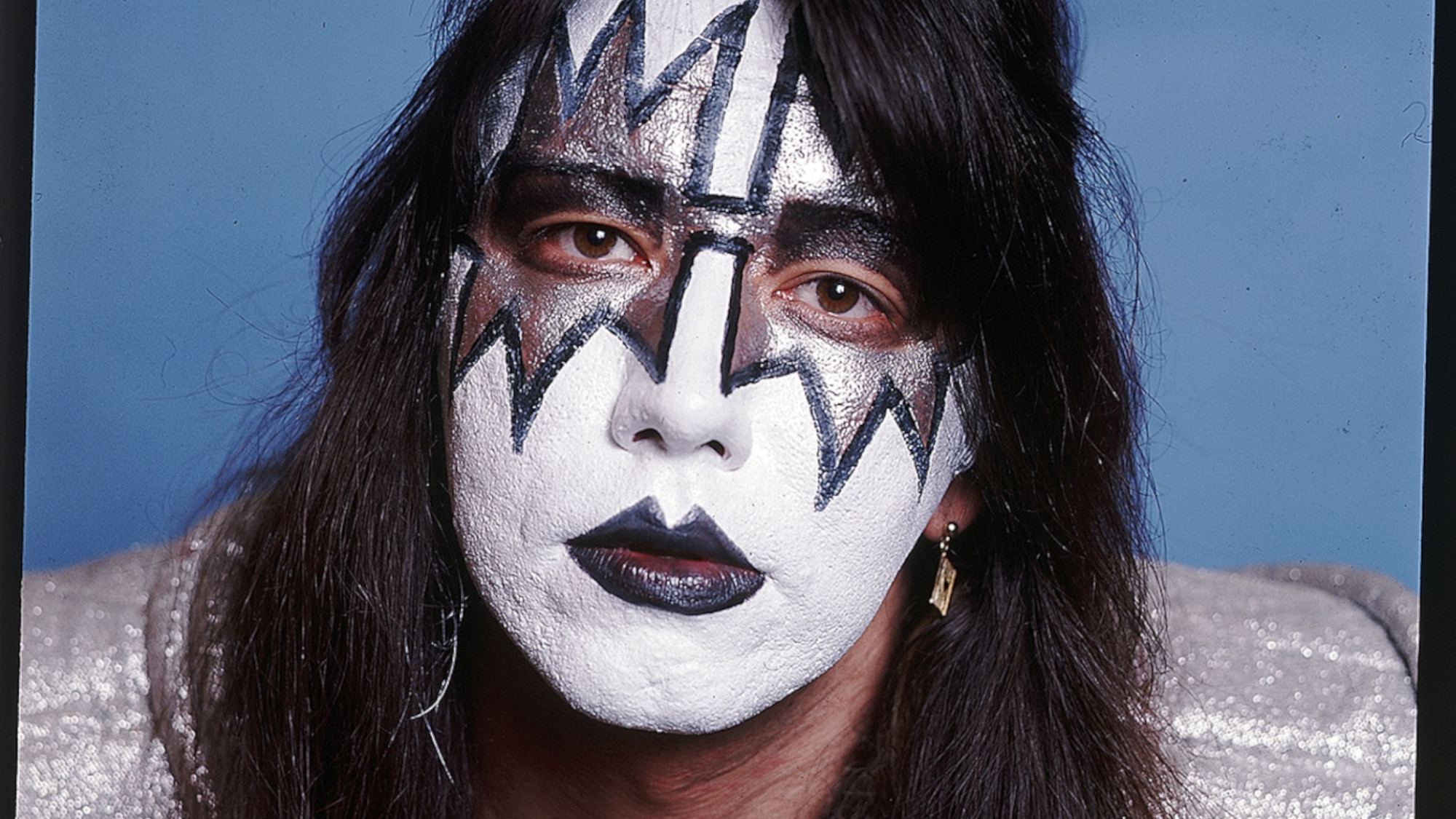 Kiss guitarist Ace Frehley
Kiss guitarist Ace FrehleyFeature The rocker who shot fireworks from his guitar
-
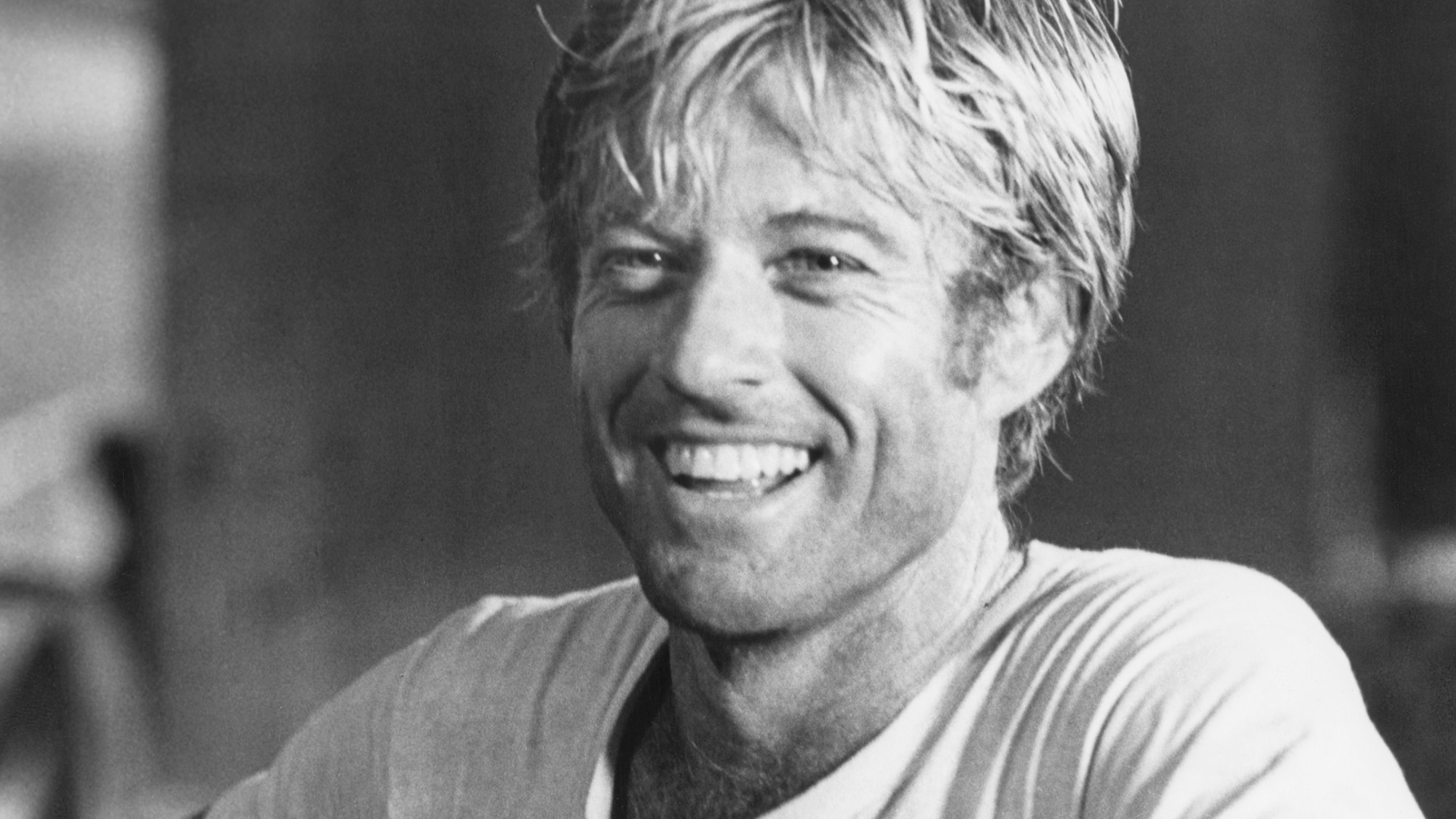 Robert Redford: the Hollywood icon who founded the Sundance Film Festival
Robert Redford: the Hollywood icon who founded the Sundance Film FestivalFeature Redford’s most lasting influence may have been as the man who ‘invigorated American independent cinema’ through Sundance
-
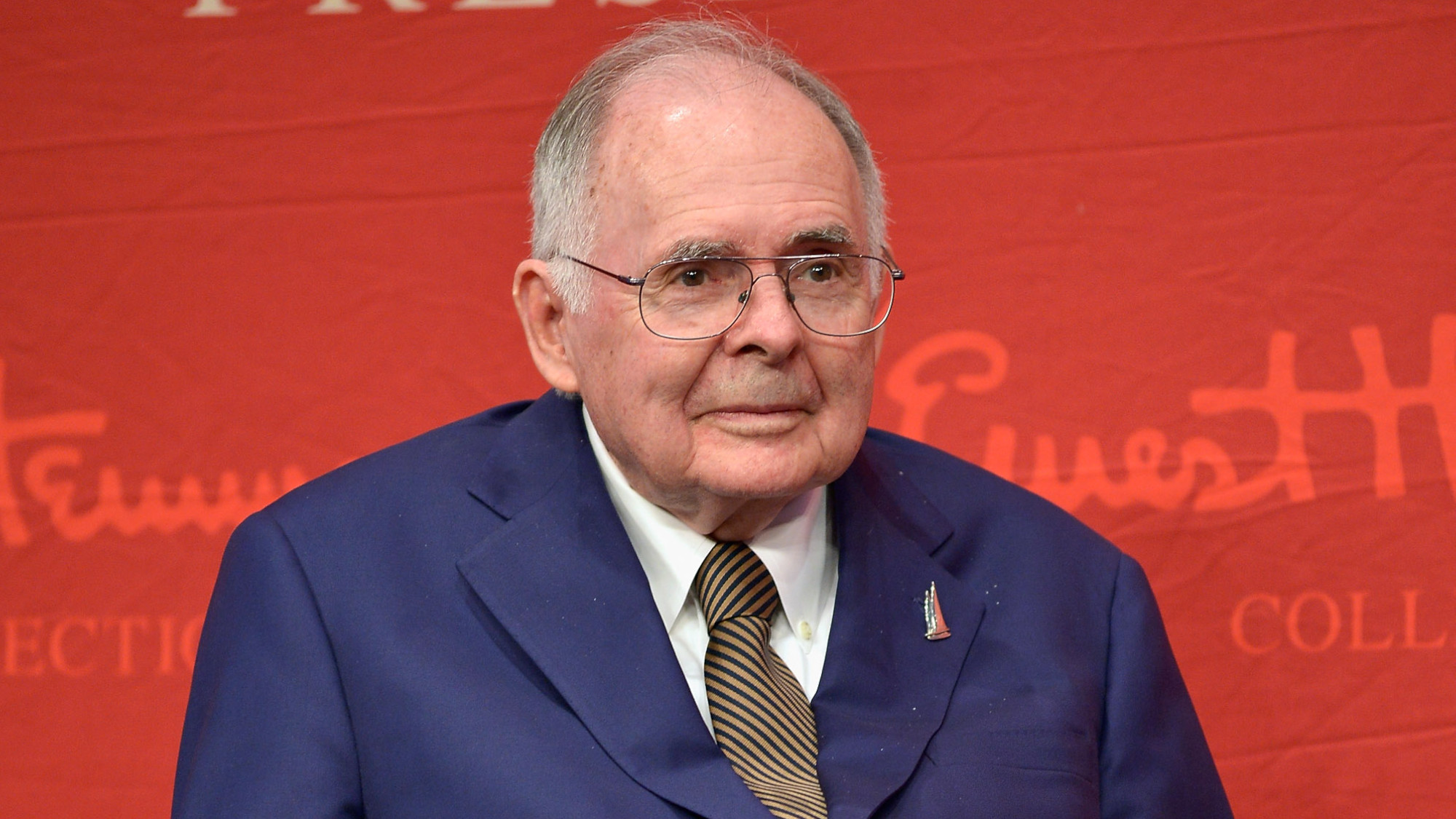 Patrick Hemingway: The Hemingway son who tended to his father’s legacy
Patrick Hemingway: The Hemingway son who tended to his father’s legacyFeature He was comfortable in the shadow of his famous father, Ernest Hemingway
-
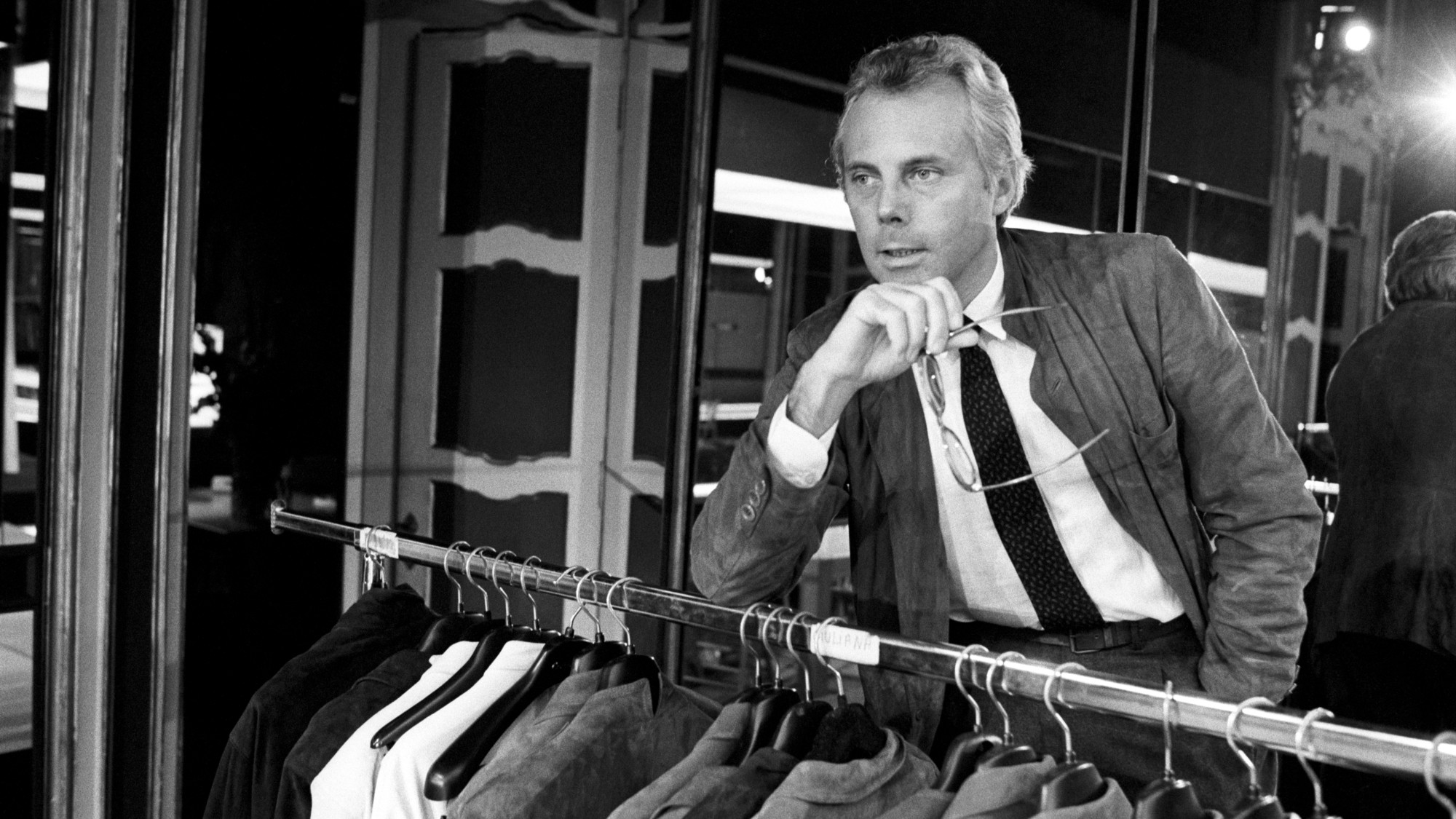 Giorgio Armani obituary: designer revolutionised the business of fashion
Giorgio Armani obituary: designer revolutionised the business of fashionIn the Spotlight ‘King Giorgio’ came from humble beginnings to become a titan of the fashion industry and redefine 20th-century clothing
-
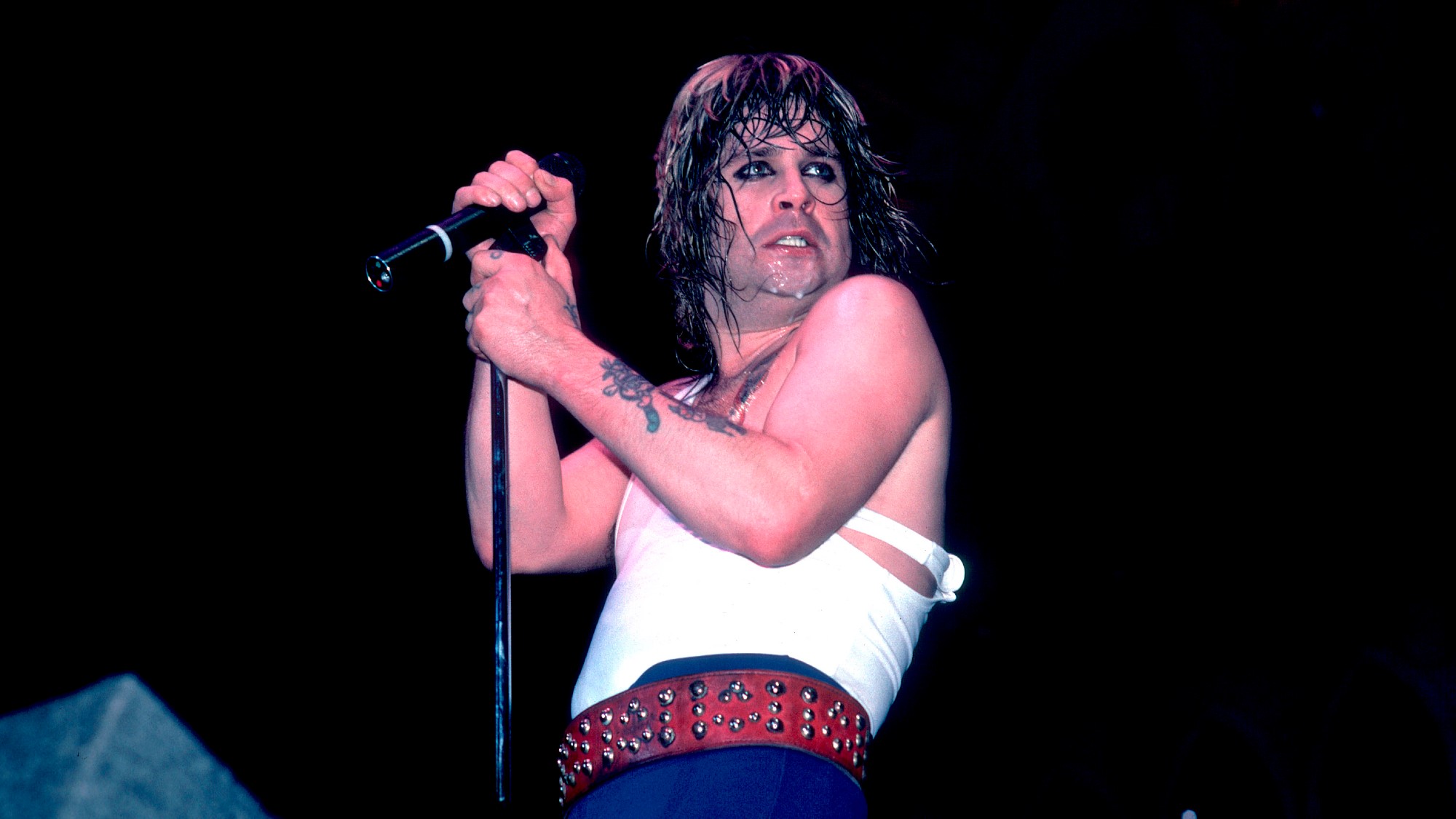 Ozzy Osbourne obituary: heavy metal wildman and lovable reality TV dad
Ozzy Osbourne obituary: heavy metal wildman and lovable reality TV dadIn the Spotlight For Osbourne, metal was 'not the music of hell but rather the music of Earth, not a fantasy but a survival guide'
-
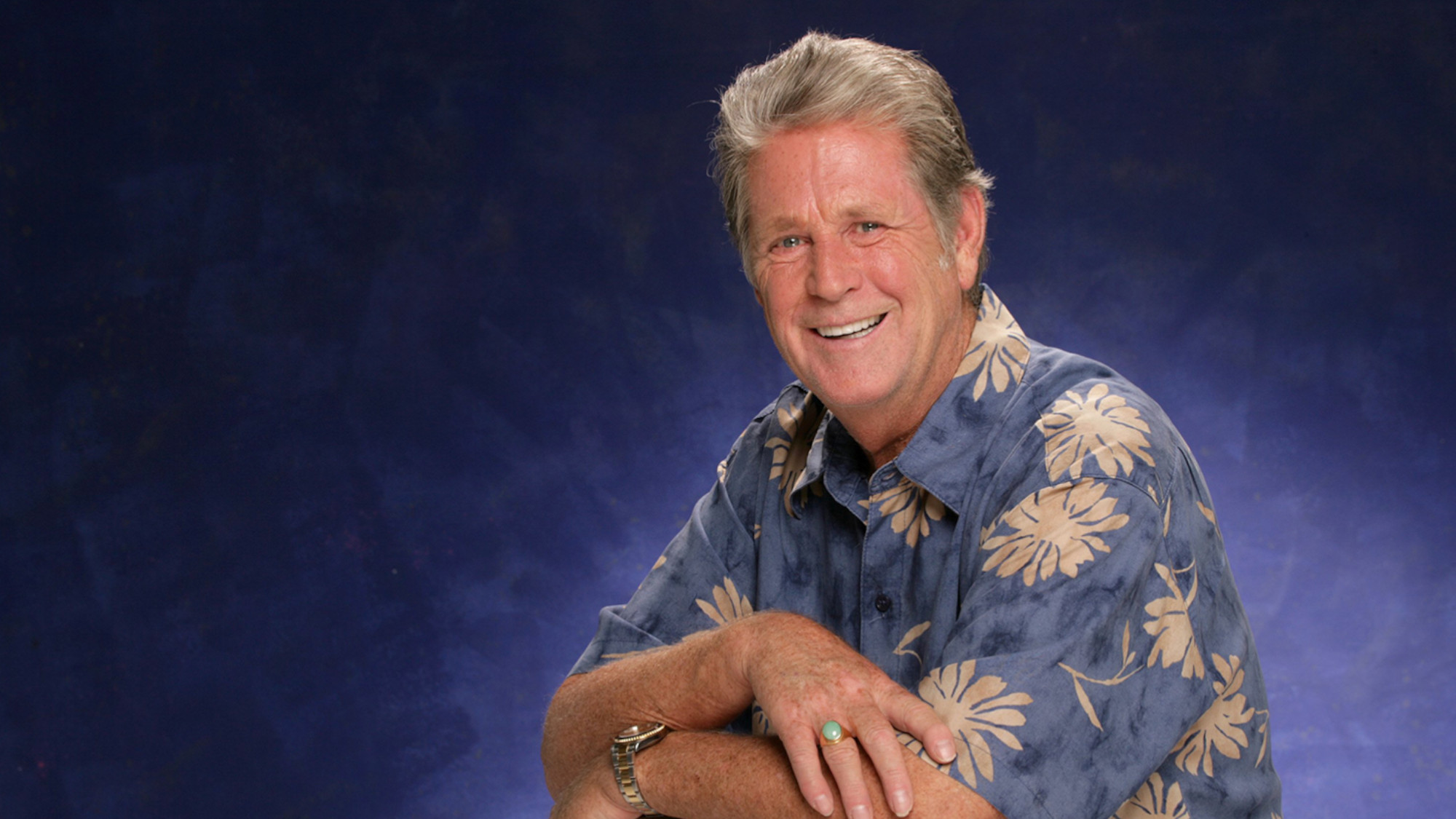 Brian Wilson: the troubled genius who powered the Beach Boys
Brian Wilson: the troubled genius who powered the Beach BoysFeature The musical giant passed away at 82
-
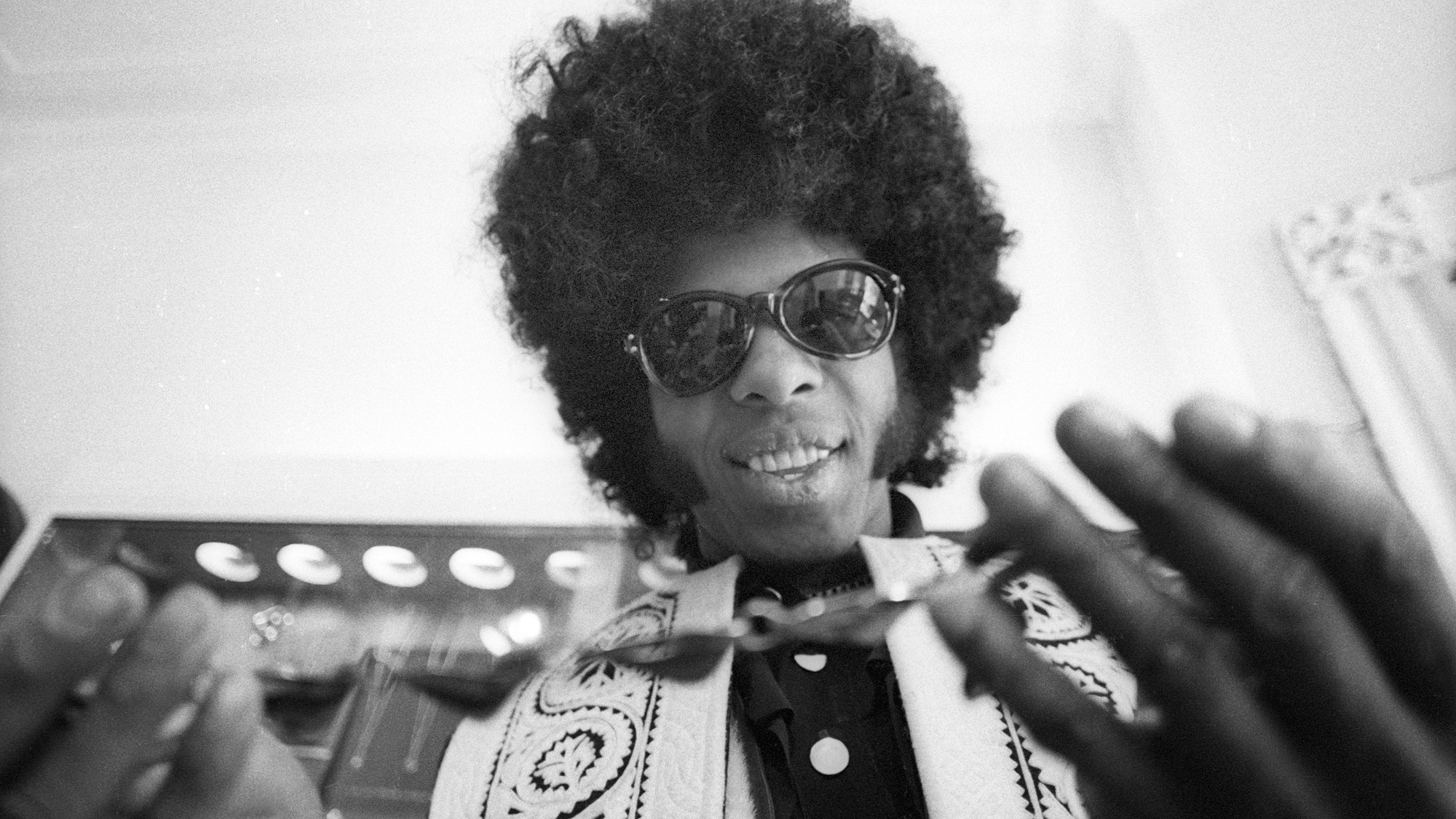 Sly Stone: The funk-rock visionary who became an addict and recluse
Sly Stone: The funk-rock visionary who became an addict and recluseFeature Stone, an eccentric whose songs of uplift were tempered by darker themes of struggle and disillusionment, had a fall as steep as his rise